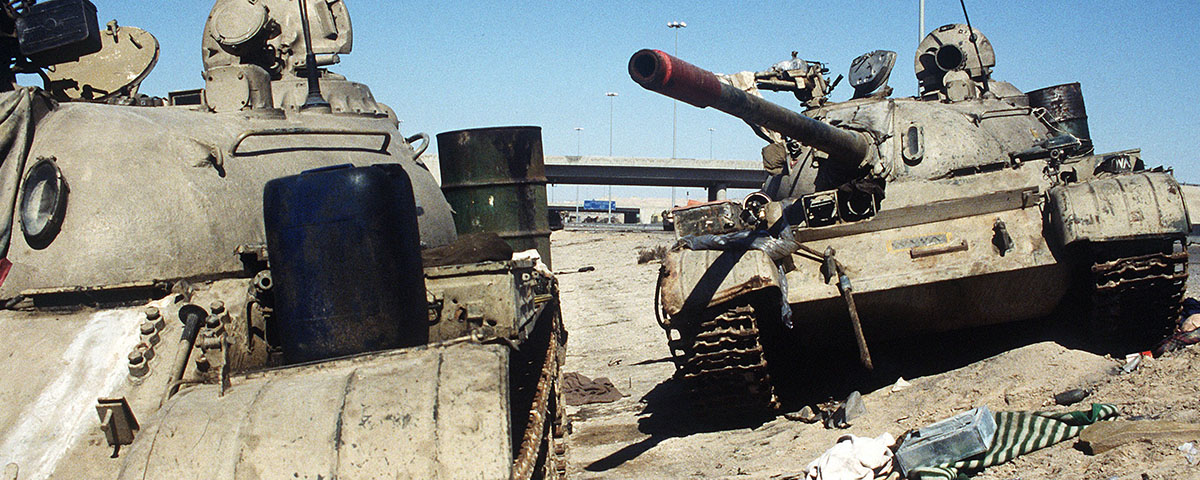MHQ researcher Marc De Santis surveys history’s most spectacular withdrawals.
Darius vs. the Scythians 512 BC
Goaded into action by Scythian attacks, King Darius I of Persia crossed the Danube at Thrace (in modern-day Bulgaria) and pursued the nomadic horsemen hundreds of miles into the steppe. With no cities to defend or crops to harvest, the barbarians stayed on the move and out of reach of the ponderous Persian army. Frustrated, and with his army exhausted and hungry, Darius gave up and beat a miserable retreat back to Thrace, racing the Scythians to the bridge across the Danube.
March of the Ten Thousand 401–399 BC
The prince Cyrus the Younger challenged his brother, King Artaxerxes II, for the Persian throne, assembling an army that included Greek mercenaries. Though victorious in the Battle of Cunaxa, near Babylon, Cyrus was killed, leaving 10,000 Greeks stranded deep inside the Persian Empire. The Greek historian Xenophon, who had joined Cyrus’s army, courageously led the mercenaries on a harrowing journey home across about a thousand miles of northern Mesopotamia and the mountainous landscape of Anatolia, battling wild tribesmen all the way.
Washington on the Lam 1776
The Continental Army’s campaign in New York amounted to a series of humiliating retreats. An overconfident American force ensconced itself at Brooklyn Heights on Long Island, only to be surprised and outfought by the British. Thanks chiefly to a fog that shrouded the East River, George Washington and his men slipped away at night via the East River to Manhattan, then withdrew to the northern tip of the island and on to White Plains. Eventually, they had to flee south to New Jersey and across the Delaware River into Pennsylvania. Widespread desertions resulted, along with a steep drop in enlistments.
Cold, Hard Truth 1812
Napoleon’s long retreat from Moscow saw the Grande Armée brought low and started the downfall of the man who had once been master of Europe. The Russians’ scorched-earth tactics and constant attacks combined with temperatures that reached minus 35 degrees to devastate the French force of 500,000. Napoleon returned with fewer than 10,000 men.
An Italian Tragedy 1917
Immortalized by Ernest Hemingway’s A Farewell to Arms, the Italian retreat from Caporetto on October 24 was one of World War I’s most tragic moments. The Italian commander, Marshal Luigi Cadorna, had broken the spirit of his troops with harsh discipline and the dismissal of hundreds of generals and other officers. Faced with an Austro-Hungarian-German offensive, the Italians withdrew some 16 miles on the battle’s first day—extraordinary for a war where armies often grappled over a few yards of ground. The retreat continued for days until the Italians could establish a new defensive line roughly 80 miles away, on the Piave River. They tallied 10,000 dead and 30,000 wounded, with more than a quarter of a million taken prisoner.
The Long March 1934–1935
In October 1934, Chiang Kai-shek and the Kuomintang were preparing to annihilate the Chinese Red Army in the southern province of Jiangxi. Recognizing they faced destruction, Mao Zedong and other communist commanders set out to join communist units in the north. After a yearlong epic journey across thousands of miles, they arrived in the Shaanxi region. Of the 86,000 troops who began the Long March, only 7,000 survived.
Falaise Pocket 1944
During the desperate fighting for Normandy, Adolf Hitler’s ill-conceived German counterattack at Mortain failed, and two Allied pincers closed on the overextended Germans in the Falaise Pocket, with British, Canadians, and Poles descending from the north, and Americans and French moving up from the south. From August 12 to 21, 80,000 German soldiers fought a tenacious holding action to allow comrades to break out of the closing trap. When the pincers shut, 20,000 Germans had escaped, but 50,000 were captured. Left behind was a sea of wrecked or abandoned vehicles, slaughtered baggage animals, and 10,000 German corpses.
Highway of Death 1991
Though brief, the Iraqi retreat from Kuwait during the Gulf War was horrible, particularly on Highway 80, the so-called Highway of Death. During the night of February 26–27, American planes mauled Saddam Hussein’s retreating troops as they fled advancing coalition ground forces. Trapped on the highway, Iraqi vehicles were sitting ducks for the warplanes’ guided missiles and bombs. As many as 2,000 Iraqi vehicles may have been destroyed. Estimates of deaths vary, since many Iraqi soldiers fled into the surrounding desert as the bombs fell.


.jpg)



